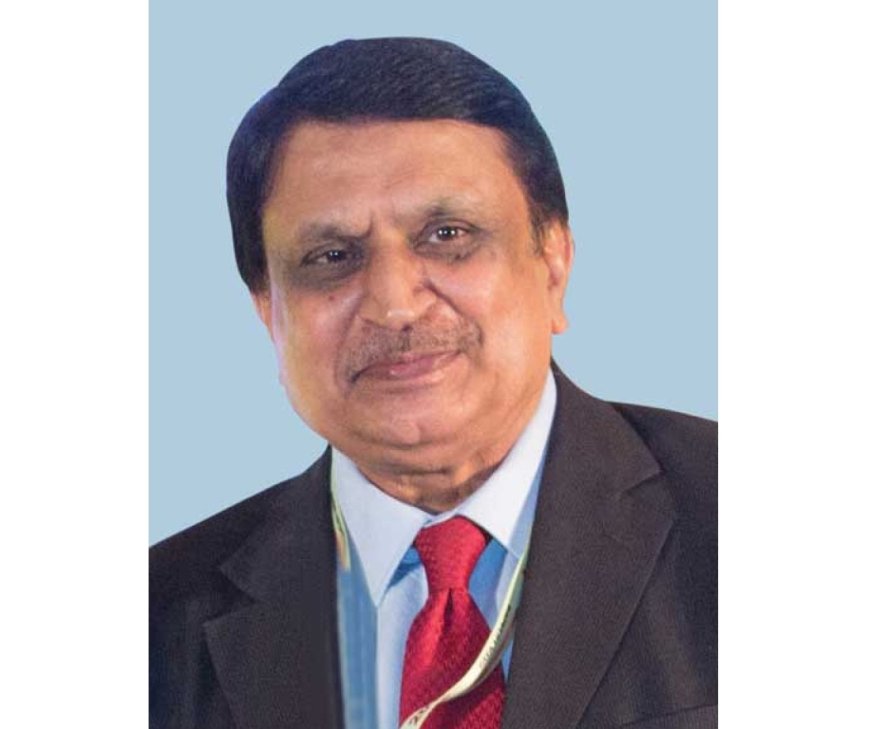The sector needs support from the user industry by deploying only trained and certified operators.
H. S. Mohan Chief Executive Officer, Infrastructure Equipment Skill Council (IESC) What efforts have been made by the Infrastructure Equipment Skill Council (IESC) with key stakeholders in the construction equipment industry and state governments to strengthen the skill development

What efforts have been made by the Infrastructure Equipment Skill Council (IESC) with key stakeholders in the construction equipment industry and state governments to strengthen the skill development initiatives in the construction equipment sector?
The Infrastructure Equipment Skill Council (IESC) is a ‘Not for Profit’ sustainable organisation promoted by the Indian Construction Equipment Manufacturers Association (ICEMA) and supported by the Confederation of Indian Industry (CII) and funded by the National Skill Development Corporation (NSDC) to spearhead the skilling of workforce in the Infrastructure Equipment Sector with primary focus on training and certification of operators and mechanics.
IESC currently has 44 members comprising of equipment manufacturers and equipment financers. We also have tied up with organizations like Adani Skill Development, GMR Foundation, Tata Projects, L&T Projects, Sterlite Industries, Ministry of Housing and Urban Affairs, State Governments, Cranes Owners Association of India and Arial Lift Platform Owners Association, Equipment Rental Association and others. They are our user industry. IESC is governed by a 20-member governing body, majority of who are from the industry.
We have currently developed 40 job roles covering the National Skills Qualifications Framework (NSQF) from Level 3, 4 and 7 for operators, mechanics and supervisors covering 80% of the workforce in the industry. We have also accredited 78 training partners / centres and have over 810 certified trainers. We have 4 assessment agencies who are well-recognized in the industry for assessment of the trained candidates.
Going forward, ICEMA released the Vision document 2030 wherein projecting an analysis from the Boston Consulting Group (BCG) who have indicated that the industry will go to $ 25 Bn from the current $6.5 Bn. To meet this requirement, we are up-skilling the existing workforce who is estimated to be between 6 to 8 lakhs under the programme ‘Recognition of Prior Learning’.
IESC in the process of validating and getting approval for NSQF level 5 & 6 for both operators and mechanics. We are closely working with the Ministry of Road Transport and Ministry of Housing & Urban Affairs to train highway construction and housing construction operators and mechanics.
We have established centre of excellence for heavy equipment training at National Academy Construction (NAC) in Hyderabad, Chapra/Bihar, Barbil/Odisha, Adani Skill Development/MundraPort and others. We have also engaged with the state Skill Development Missions and have signed MOUs with majority of the states.
We are also looking at the academia to train the diploma holders and engineering graduates giving carrier progression to move forward. We are selectively working with the OEMs, and other industry users to popularize the apprenticeship programmes.
We are also creating skill data base and identifying challenging technologies and collate skills and regulate the skill development activities, disseminate the labour market information, build capacity for training delivery, provide quality assurance and also promote entrepreneurship.
What kind of support has been extended by the Central and State governments for skilling and training, especially through the Pradhan Mantri Kaushal Vikas Yojana (PMKVY)?
Under this yojana, the common norms cost existing for our sector doesn’t encourage private training partners to join hands with IESC due to high cost of diesel, high cost of Capex & Opex.
It is estimated that there is a requirement of over 1 lakh operators per year by the year 2029 – 2030 and a further increase to over 4 lakh of operators by mandating use of IESC trained & certified candidates. The government should give priority on the points above.
CE market is witnessing a rise in technology demand with enhanced safety, faced with automation & digitalization concept, coupled with increasing demand for higher productivity. What kind of new technologies have been introduced in the training modules for new operators?
Majority of the manufacturers being global players are adopting latest technology like telematics and mobile apps. This not only makes the equipment more productive, but also enhances the safety of people all around like safety of the equipment, safety of the working area, safety of the operators. This technology has been adopted by manufacturers like JCB, Volvo, Hitachi, Komatsu, L&T, Hyundai, Caterpillar, Writgen, Case, Sany, Terex etc.
What is the future of the IESC for next 5 years terms of assisting training partners and institutes to facilitate operator training?
As required by the industry, we are developing more job roles covering Horizontal drilling machine, cold milling machine, piling rig machine and tunnel boring. Approval of level 5 & 6 job roles will give the continuity for carrier progression of the deserving candidates.
We require much more training partners. Currently, we have 78 training partners. By 2025-26, we want to increase over 125 training partners – fully accredited to IESC meeting the required stipulated standards.
What are the challenges in the skilling space for the construction equipment industry to meet the growing demand for trained and certified operators?
The major challenge is the mobilization of candidates due to non-aspirational job roles.
The sector skills needs support from the user industry by deploying only trained and certified operators and mechanics for their benefit and also benefit to the industry.
Infrastructure Equipment Skill council (IESC) is gearing up to meet the emerging trend of technology & mechanization, along with the other challenges of the electric and hybrid construction equipment promoted by some of the manufacturers.
Hits: 56








